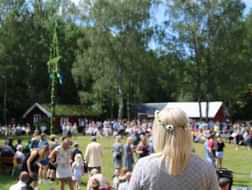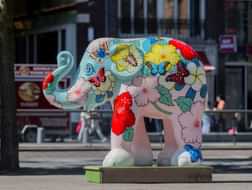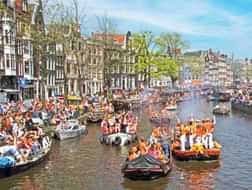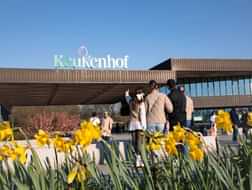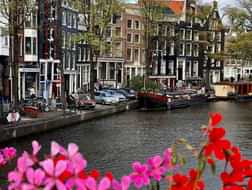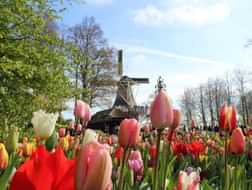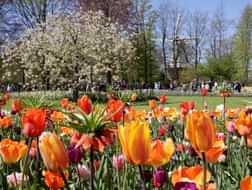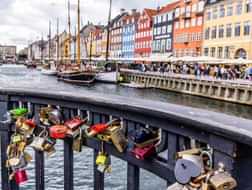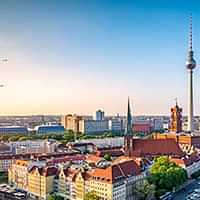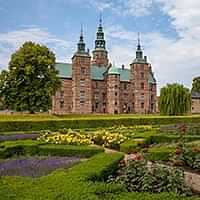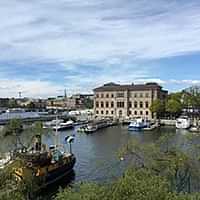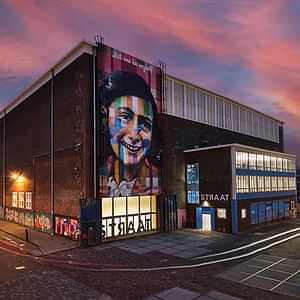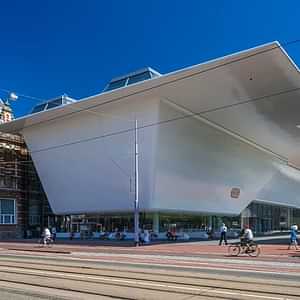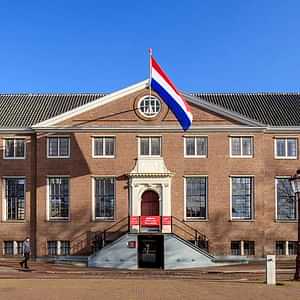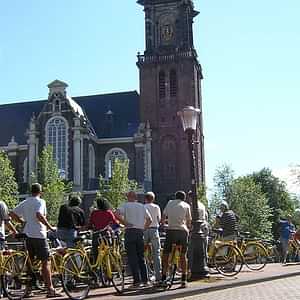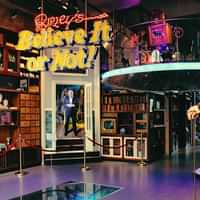Discover the neighbourhoods of Amsterdam
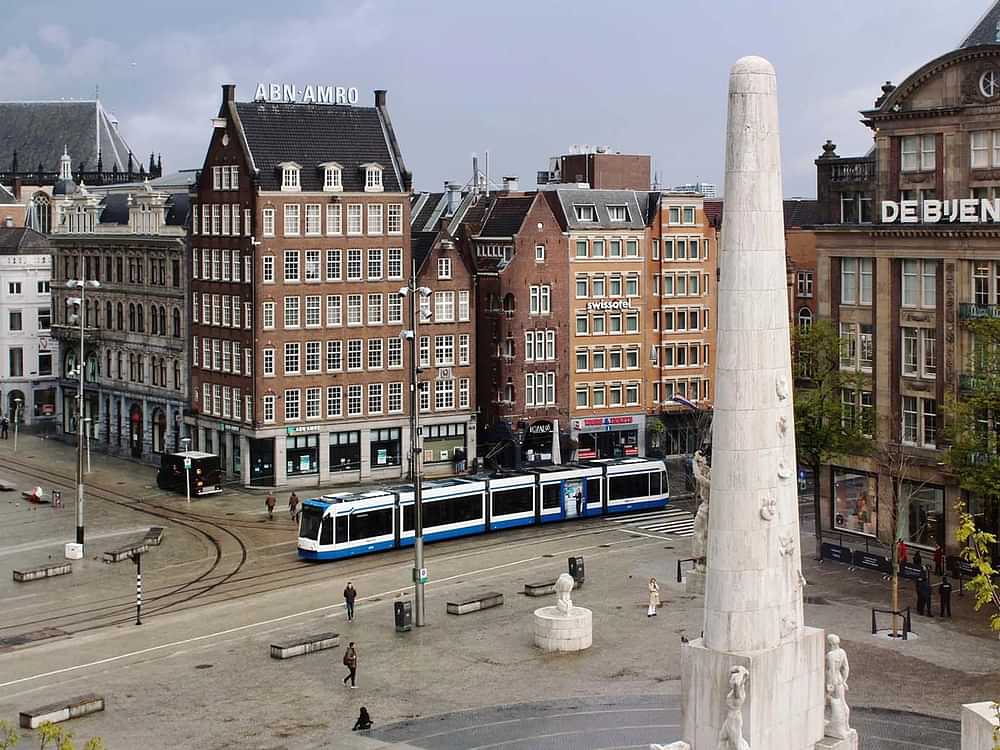
Amsterdam is known for her canals, canal houses and museums but there is more to see and explore in the different neighbourhoods of the city. Officially the city of Amsterdam has 7 districts which are divided up into 26 neighbourhoods but even the neighbourhoods have been divided up into different unofficial areas with their own characteristics.
Don't blame yourself if you get confused trying to figure out where you are in the Dutch capital. The city grew organically and therefore even the names of the neighbourhoods do not always make sense geographically nor does everyone agree where one area ends and another begins. Here are some highlights from the inner city districts.
The City Centre
As the heart of the city it is usually everyone's first stop when they are visiting Amsterdam. This has always been the city centre which is clearly visible with its many historic sights. This district has two official neighbourhoods but has over ten different areas to discover.
The best known of these areas are the Canals, the Dam Square and the Red Light District but there is so much more to this beautiful city. The Jordaan was once a working-class neighbourhood with its blocks of narrow streets and small courtyards, today it is home to many art galleries, speciality shops, street markets, bars and restaurants. On the opposite side of the Prinsengracht from the Jordaan you'll find the Anne Frank House.
In the Centre-east district you'll find that the areas around Waterlooplein and Nieuwmarkt have even more street markets to peruse as well as several great restaurants, cafés and shops. While the southern part of the Centre-east district is home to the city's major nightlife hotspots, especially on and around the Leidse and Rembrandt Squares.
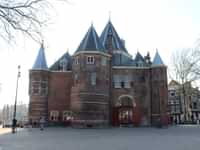
Amsterdam South
The most affluent district of the city, with, again, four official neighbourhoods. The Rivierenbuurt is the place to go to see lots of examples of Amsterdam School architecture, while the Zuid-As is the city's business district. The district more often visited on a trip to Amsterdam are Old South and De Pijp.
Old South is the most prosperous neighbourhood of the city, with its fashionable shopping streets PC Hooftstraat, Van Baerlestraat, Beethovenstraat and the Cornelis Schuytstraat. But a bigger draw to the neighbourhood is the Museum Quarter around Museumplein, with the Rijksmuseum, which is home to Rembrandt's Night Watch, Van Gogh Museum, Stedelijk Museum, Moco Museum and many other attractions.
De Pijp is a former working-class neighbourhood that has transformed into a vibrant, multi-cultural area with over 144 nationalities living together. The many cafés and restaurants as well as the Heineken Experience are incredibly popular with both locals and tourists.
The biggest attraction of De Pijp, however, is the Albert Cuyp Market, Amsterdam's busiest and largest market with nearly 300 vendors selling everything from fruits, vegetables, fish, meats, spices, chocolate, cheese, flowers and plants to cheap clothes, jewellery, shoes, bike accessories, bedding, fabrics and cosmetics.

Amsterdam West
This borough to the west of the city centre consists of four official neighbourhoods and has far more greenery than the old centre. All four neighbourhoods have quiet, attractive residential streets alternating with busy shopping streets but they still hold plenty of sights to see for those who want to get off the beaten path.
The Old West neighbourhood in particular stands out in this urban district. The Hallen, a former tram depot on Bellamyplein, has been turned into a centre for media, culture, fashion, food, drinks and crafts but many original details have been maintained. The Foodhallen is a great place to taste food from all over the world.
Old West is also home to the Vondelpark, though those living in the Old South district will disagree. The Vondelpark is the largest park in the city of Amsterdam. Amongst the greenery you'll find bike paths, walking paths, picnic spots, playgrounds, an open-air Theatre and several large outdoor cafés and restaurants. In the area around the park you'll find sights such as the Zevenlandenhuizen, zeven houses in a row built according to traditional styles from seven different countries.
If you're looking for a quieter place to take a stroll you might want to try the Westerpark neighbourhood, which has been named after the park. The park itself and the adjacent Westergasfabriek are entertainment and culture hotspots with galleries, restaurants, clubs, a cinema and a petting zoo.
Amsterdam North
Separated from the rest of the city by the IJ river, this district has gone through plenty of change in recent years which was heavily industrialised until the 20th century. The working-class neighbourhoods still exist but especially the shore line has become a hotspot for new attractions and the media and creative industries.
A short and free ferry ride from Amsterdam Central Station brings you to the Eye Filmmuseum, the A'DAM Tower, THIS IS HOLLAND and the departure point of the Pancake Cruise. Further north, beyond the attractions and the residential areas are the rural neighbourhoods of Waterland and Twiske.
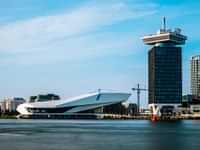
Our top tips

